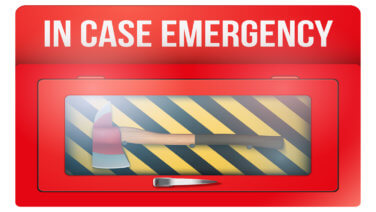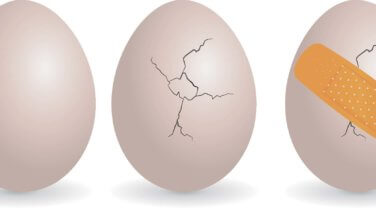“How ya’ doin’, Mother?” “I’m fine.” That’s reassuring when Mom’s 48. At 88, it’s just small talk.
Execution matters more than attitude
To know how Mom’s doing, start with what she should be doing. Does she follow doctor’s orders, see the referrals, and manage her meds? Are income tax returns filed? Refunds are okay; penalties are not. Are bills paid, checks deposited, and papers filed? Is her place in good repair? Nothing’s fine if nothing’s done.
Checklists distinguish doers from talkers
AARP and the American Bar Association address next steps when a loved one dies (bellaireprobate.com/2019/07/checklist-for-family-survivors/) or becomes disabled (bellaireprobate.com/2019/02/checklist-for-family-caregivers/). Allow me to propose two modest checklists when nothing’s wrong, everything is “fine,” and the kids’ help is welcome but not needed. Adult children can use my checklists to audit Mom. They also serve as a family to-do list. Some parents can fill in the gaps themselves; for others it’s a group project.
Guardianship is avoidable
My checklists are inspired by the National Guardianship Association Standards of Practice, NGA Standard 13 – Guardian of the Person and NGA Standard 18 – Guardian of the Estate. www.guardianship.org. If Mom can’t manage her medical or financial affairs, a probate judge may appoint a guardian, often a stranger, to manage things for her. These checklists don’t invite a guardianship; they help the diligent family avoid one. Just do what needs to be done.
Personal to-do’s
Mom’s personal file should include: A. Her full legal name, date of birth, address, telephone number, Social Security number, medical and prescription drug insurance cards and coverages, physicians, diagnoses, medications (over‐the‐counter and prescribed, with the dosage, the reason taken, the prescribing doctor’s name), and allergies to medications. B. All her legal documents (deeds, car title, will, powers of attorney). C. Her medical directives. D. Her key contacts. E. A list of service providers, contact information, and progress/status reports. F. Mom’s photo ID.
Financial to-do’s
Mom’s financial file should include: 1. Her income, assets, and liabilities. 2. The last 7 years tax returns. 3. A budget that values Mom more than her money (spend on healthcare, housekeeping, help; don’t scrimp and save for the next generation). 4. Look for public and insurance benefits Mom missed. 5. Update or create accounts to support tax returns and family reports. 6. Ask an agent to review Mom’s property and liability coverage. 7. Organize Mom’s assets, contracts, and passwords. 8. Ask Mom to introduce the financial advisor. 9. Ask Mom about updating the estate plan. 10. Discuss funeral arrangements and a prepaid plan.
The pay-off
Take care of the little things, and the big things will take care of themselves. Families that can do these things avoid guardianships, minimize legal fees, and keep Mom (and Dad) home, happy, and healthy longer, and with less stress on everyone.








